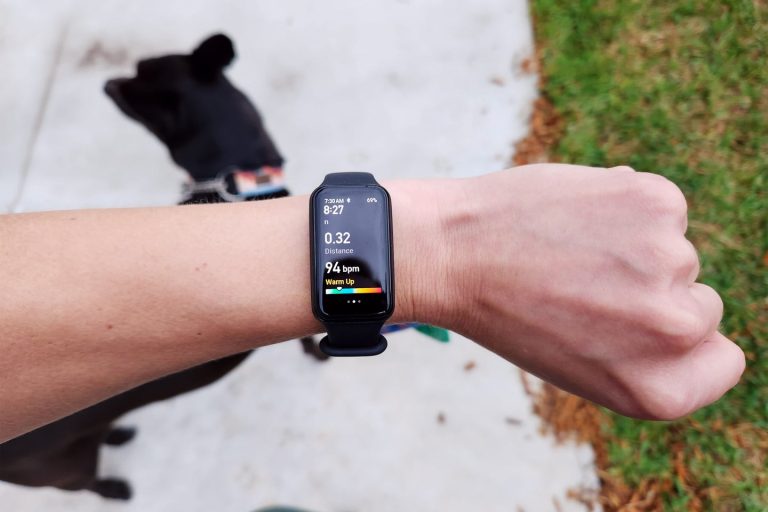Illuminating Excellence: A Comprehensive Guide to Event Lighting
In the realm of event planning, every detail counts, and perhaps none more so than lighting. Event lighting isn’t just about brightening a space; it’s about creating ambiance, setting moods, and highlighting focal points. Whether it’s a wedding, corporate gala, or a concert, the right lighting can transform an ordinary event into an extraordinary experience. In this guide, we’ll delve into the world of event lighting, exploring its importance, popular techniques, and how to leverage it effectively for any occasion.
Understanding the Importance of Event Lighting
Event lighting is more than just illuminating a venue; it’s about enhancing the overall atmosphere and bringing your vision to life. The right lighting can evoke emotions, guide attention, and create unforgettable moments. From creating a romantic ambiance with soft, warm hues for a wedding reception to using dynamic lighting effects to energize a concert crowd, the possibilities are endless.
Popular Event Lighting Techniques
- Uplighting: This technique involves placing lights at ground level to illuminate walls, columns, or architectural features from below. Uplighting can dramatically transform the look and feel of a space, adding depth and dimension.
- Spotlighting: Spotlighting is perfect for highlighting key elements such as the stage, dance floor, or focal points like a wedding cake or corporate logo. By directing focused beams of light, you can draw attention to specific areas and create visual interest.
- Monogram or Gobo Lighting: Personalize your event with monogram or gobo lighting, which projects custom designs, logos, or patterns onto walls, floors, or ceilings. This adds a unique touch and reinforces branding or theme elements.
- Color Wash: Using colored lighting to wash a space with vibrant hues can completely transform its atmosphere. Whether you want to create a romantic ambiance with soft pastels or an energetic vibe with bold, saturated colors, color-wash lighting offers endless possibilities.
- Dynamic Lighting Effects: For high-energy events like concerts or dance parties, dynamic lighting effects such as strobes, lasers, and moving lights can enhance the excitement and create an immersive experience for attendees.
Tips for Effective Event Lighting
- Plan: Work closely with your lighting designer or vendor to develop a lighting plan that aligns with your event theme, objectives, and budget.
- Consider the Venue: Take into account the venue’s architecture, layout, and natural lighting conditions when designing your lighting scheme.
- Balance Lighting Levels: Strike a balance between ambient lighting for overall illumination and accent lighting to highlight specific elements.
- Use Lighting to Tell a Story: Leverage lighting to create a narrative or guide guests through different spaces and moments during the event.
- Test: Conduct thorough lighting rehearsals before the event to ensure everything looks and functions as intended.
Enhancing Atmosphere with Lighting Design
In the world of event planning, lighting design is often considered the unsung hero. It has the power to transform a space, evoke emotions, and enhance the overall atmosphere in ways that other elements cannot. For instance, soft, warm lighting can create a cozy and intimate setting for a wedding reception, while vibrant, dynamic lighting can inject energy and excitement into a corporate gala or product launch.
Creating Memorable Experiences
Think back to the last event you attended that left a lasting impression. Chances are, the lighting played a significant role in shaping your experience. From the moment guests enter the venue to the final farewell, lighting sets the tone and guides the mood of the event. It can create moments of drama, anticipation, and celebration, making attendees feel like they are part of something truly special.
Harnessing the Power of Technology
Advancements in lighting technology have opened up a world of possibilities for event planners and designers. LED lighting, for example, offers energy efficiency, versatility, and the ability to produce a wide range of colors and effects. Furthermore, wireless lighting control systems allow for seamless coordination and synchronization of lighting cues, enhancing the overall impact of the design.
Customization and Personalization
One of the key advantages of modern event lighting is its ability to be customized and personalized to suit the unique needs and preferences of each event. Whether it’s matching the lighting to a specific color scheme, incorporating branding elements, or creating interactive lighting installations, the possibilities are limited only by imagination.
Sustainability and Environmental Considerations
As sustainability becomes increasingly important in event planning, lighting designers are exploring eco-friendly options such as energy-efficient fixtures, solar-powered lighting, and reusable materials. By incorporating sustainable lighting practices, event planners can reduce their environmental footprint while still creating stunning visual effects.
Conclusion
Event lighting is a powerful tool that can elevate any occasion from ordinary to extraordinary. By understanding the importance of lighting, leveraging popular techniques, and following best practices, you can create immersive experiences that leave a lasting impression on attendees. So, whether you’re planning a wedding, corporate event, or live performance, remember that the right lighting can truly make all the difference.





